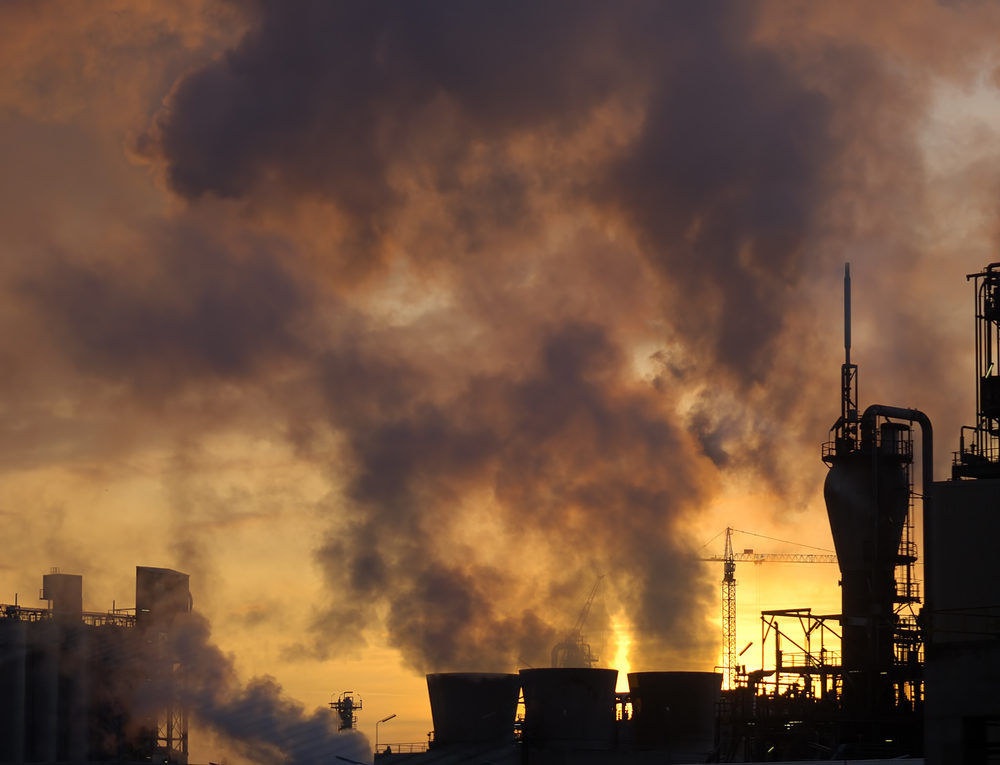Nearly half of all Americans breath polluted air, which can make them sick and pose serious health concerns, according to the findings of a new air pollution report.
According to the American Lung Association’s 2019 State of the Air report, which analyzed data from official air quality monitors to compile information on the effects of particle pollution and ozone pollution from 2015 to 2017, the level of air pollution has increased drastically in recent years.
The 2019 report is the 20th anniversary of the annual air quality report, finding that more than four in 10 people live where pollution levels are frequently too dangerous to breathe. In fact, there are more Americans now than ever before who are breathing air that will make them sick and contribute to reduced life expectancy.

Did You Know?
Millions of Philips CPAP Machines Recalled
Philips DreamStation, CPAP and BiPAP machines sold in recent years may pose a risk of cancer, lung damage and other injuries.
Learn MoreThe number of people living in counties with unhealthy pollution levels increased by 7.2 million people from last year’s report, rising to 141.1 million Americans. The country had more recorded days of hazardous air quality than ever before between 2015 to 2017, which is defined as air that reaches emergency conditions on the government’s air quality index.
According to the findings, during that time frame eight city areas had the highest number of days with unhealthy spikes in particle pollution since the American Lung Association began monitoring. Those cities included Fairbanks, Alaska; Missoula, Montana; Bismarck, North Dakota; Bend-Pineville, Oregon; Yakima and Spokane-Spokane Valley-Coeur d’Alene area, Washington; Salinas and Santa Maria-Santa Barbara, California.
More than 20.5 million people lived in counties with year-round particle pollution problems, including areas like Fresno, California; Pittsburgh, Pennsylvania; Visalia, California; Cleveland, Ohio; Los Angeles, California; and Medford, Oregon.
Six cities in the report qualified as the cleanest cities, with no high ozone or high particle pollution days. These cities also rank among the 25 cities with the lowest year round particle pollution and include Bangor, Maine; Burlington-South Burlington, Vermont; Honolulu, Hawaii; Lincoln-Beatrice, Nebraska; Palm Bay-Melbourne-Titusville, Florida; and Wilmington, North Carolina.
California has some of the most progressive environment regulations in the country. However, it frequently tops the list of worst areas because the state has a population of 33 million people, which contributes to increased vehicle emissions, high oil and gas extraction, increased factory emissions, as well as wild fires, which also contribute to air pollution and particulate matter. Additionally, California’s topography traps the ozone and pollution.
The country overall made progress cleaning up air pollution in recent years. However, the Trump administration has not only stalled progress in many areas, but the new policies have also lead to backsliding in reduced emissions according to the report.
Trump pledged in his 2017 State of the Union to “promote clean air and water,” but then quickly proposed rollbacks to air pollution protections and emissions standards, as well as drilling and extraction regulations, and cut the U.S. Environmental Protection Agency’s budget.
The report emphasized the need to leave the Clean Air Act intact, do more to combat climate change, and focus on regulations and protections that will help clean up the country’s air.
Previous studies have warned that if more is not done to control air pollution levels, more than 153 million lives will be lost worldwide in coming years.
Get more articles like this sent directly to your inbox.
"*" indicates required fields






0 Comments